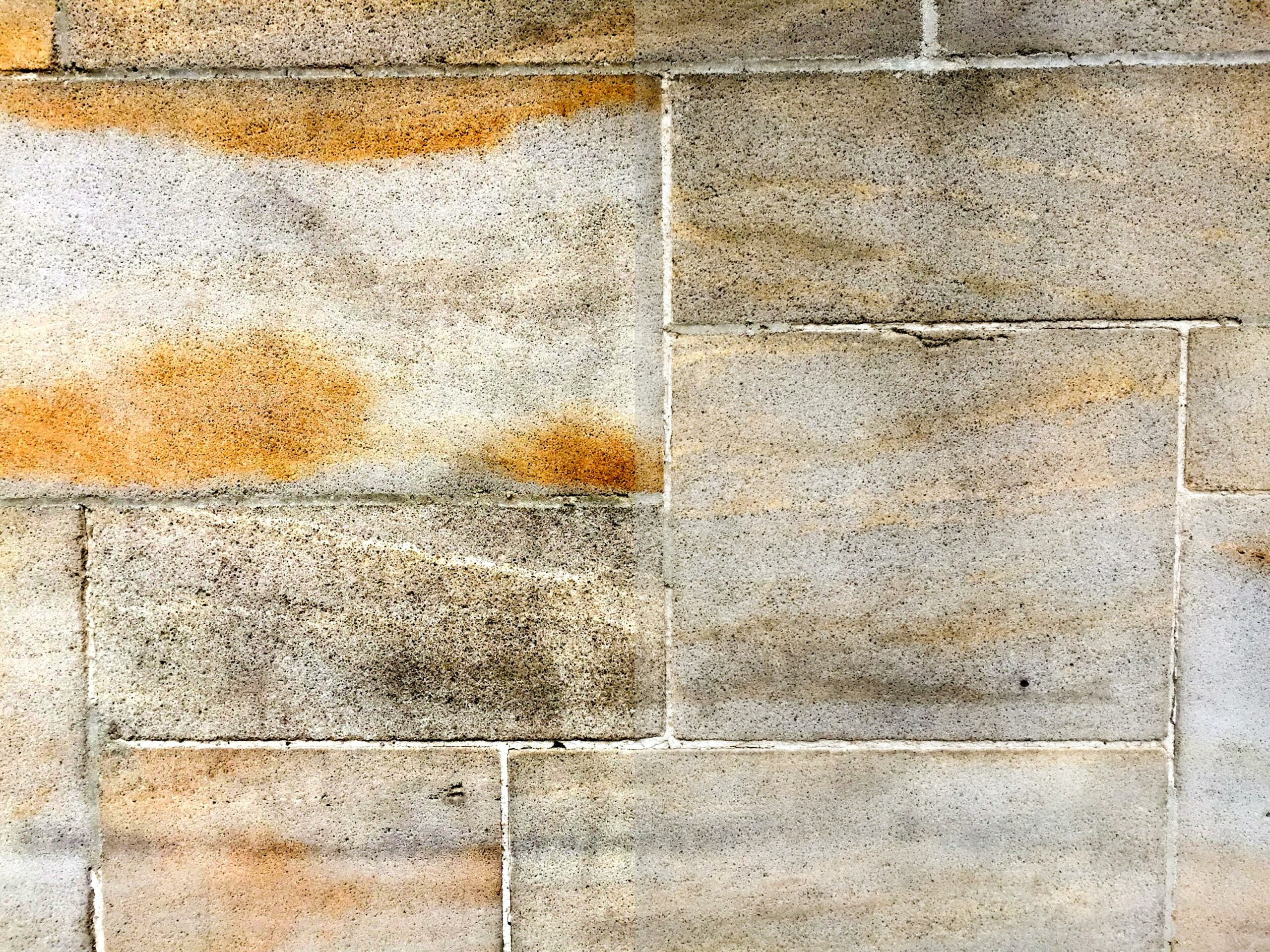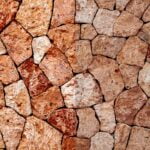Unearthing the enigma of the Rosetta Stone, a pivotal artifact that revolutionized our understanding of ancient civilizations, is like delving into a labyrinth of mysteries. While its significance in deciphering hieroglyphics is widely acknowledged, the question that lingers in the minds of historians and enthusiasts alike is: When was the Rosetta Stone found?
When Was the Rosetta Stone Found?
The discovery of the Rosetta Stone in July 1799 marked a pivotal moment in the study of ancient civilizations. Imagine stumbling upon a treasure that could potentially unlock centuries of unknown knowledge. This is exactly what happened to French officer Pierre-François Bouchard during Napoleon’s invasion of Egypt. As Bouchard explored the city of Rosetta (modern el Rashid) on the banks of the Nile, he unearthed a stunning artifact that would forever change the course of history.
The Rosetta Stone, a rectangular slab made of granodiorite, bears the inscriptions of three different ancient languages: hieroglyphics, Demotic, and Greek. This unique trilingual stone was actually a decree issued in Memphis, Egypt, in 196 BC during the Ptolemaic dynasty. The decree itself is not what captivated the world, but rather the potential it held for deciphering the mysterious hieroglyphic script.
Before the discovery of the Rosetta Stone, hieroglyphics remained an enigma, a code that scholars struggled to crack. But with this ancient artifact, the key to unraveling the secrets of an ancient civilization seemed closer than ever before. The stone’s hieroglyphic script, consisting of 14 lines, posed an intriguing challenge to scholars and ignited widespread interest in deciphering its meaning.
It’s fascinating to consider how the Rosetta Stone, originally erected in ancient Egypt, ended up in Rosetta centuries later. Most likely, it was repurposed as a building material during late antiquity or the Mameluk period and incorporated into the construction of Fort Julien near Rosetta. Little did the builders of the fort realize that they were using a relic of immense historical significance.
In the centuries that followed its discovery, the Rosetta Stone has become a symbol of linguistic triumph and historical exploration. Its journey from ancient Egypt to modern-day London, where it is currently housed in the British Museum, represents the enduring human quest for knowledge and understanding.
While the Rosetta Stone’s historical significance cannot be understated, the debate around its rightful ownership has also remained a contentious issue. Egypt has requested the repatriation of the stone, as it is a vital part of their cultural heritage. This raises important questions about the ethical responsibilities of museums and cultural institutions in preserving and sharing historical artifacts.
“In the annals of human history, few discoveries have had the potential to reshape our understanding of the past like the Rosetta Stone. Found by chance in 1799, this ancient artifact has become a beacon of knowledge, inspiring researchers and captivating the public. Its triumphant journey from the sands of Egypt to the hallowed halls of the British Museum is a testament to the power of human curiosity and the importance of preserving our shared heritage.”
The Rosetta Stone is a fascinating artifact with a rich history. If you’re curious about fun facts and interesting tidbits about this ancient object, click here to discover more. And if you want to dive deeper into the subject, don’t miss out on our collection of fun facts about the Rosetta Stone at fun-facts-about-the-rosetta-stone. Are you ready to unravel the mysteries of this iconic piece of history? Then click the link and let the discovery begin!
Unlocking Hieroglyphics: The Fascinating Story of the Rosetta Stone
[youtube v=”yeQ-6eyMQ_o”]
Decoding the Ancient Mystery
The Rosetta Stone, housed in the prestigious British Museum, holds the key to unraveling the enigma of Egyptian hieroglyphics. Discovered during Napoleon’s invasion of Egypt in July 1799, this rectangular slab made of granodiorite is inscribed with three different scripts: hieroglyphics, Demotic, and Greek. It originally served as a decree issued in 196 BC in Egypt, making it a significant artifact from that time.
The Journey of the Rosetta Stone
At first glance, the Rosetta Stone may appear like the genuine article, preserved in a secure cabinet at the British Museum. However, the one on display is a replica, as the original stone is kept safely away from the public’s touch on the other side of the Great Court. The need for a replica arose from the constant handling by visitors, leading to the creation of a new one by hand every few years.
Cracking the Code
In the past, the Egyptian writing system was believed to be purely hieroglyphic, where each image represented a concept. However, modern linguists have overturned this notion. While the hieroglyphics themselves are inherently complex, they can be used phonetically to express sounds or symbolically to represent abstract ideas. Context plays a crucial role in deciphering their meaning, akin to decoding a message filled with emojis.
The Cartouche Clue
One significant breakthrough in translation came from studying the cartouche: a circle with lines. Experts realized that cartouches contained the names of royal figures, which could be read not only in hieroglyphics but also in other languages. By pairing the letters found within cartouches, they made progress in understanding the hieroglyphic script, although not without difficulty and laborious effort.
“The hieroglyphics have been translated, but it was a long and arduous process. Each piece of the puzzle unlocks new revelations, ultimately leading to a comprehensive understanding of this ancient script.”
Beyond the Mysteries of Ancient Egypt
So, what does the Rosetta Stone reveal about the ancient Egyptians? Contrary to its mystique, the stone is, in fact, a tax document. It sheds light on the privileges granted to the royal family, such as tax exemptions. Delving into its inscriptions, we gain insight into the lives and administrative practices of this ancient civilization.
Unveiling History’s Secrets
The discovery of the Rosetta Stone has had a profound impact on historical exploration and linguistic understanding. It represents humanity’s relentless pursuit of knowledge and serves as a testament to our ability to decipher and comprehend ancient texts. As with many historical artifacts, the Rosetta Stone’s ownership has sparked debates, with Egypt advocating for its repatriation.
“The Rosetta Stone stands as a testament to our insatiable curiosity and the power of unraveling the past. Its significance extends far beyond its physical presence, igniting the flame of understanding within us.”
The mystery behind the Rosetta Stone continues to captivate scholars and enthusiasts alike, ensuring its legacy as an object of immense historical and cultural importance for generations to come.
FAQ
Q: When was the Rosetta Stone found?
A: The Rosetta Stone was found in July 1799 during Napoleon’s invasion of Egypt by French officer Pierre-François Bouchard.
Q: Where was the Rosetta Stone discovered?
A: The Rosetta Stone was discovered in the city of Rosetta (modern el Rashid) on a tributary of the Nile near the Mediterranean coast.
Q: What material is the Rosetta Stone made of?
A: The Rosetta Stone is made of granodiorite, a type of rock.
Q: What languages are inscribed on the Rosetta Stone?
A: The Rosetta Stone is inscribed with three versions of a decree issued in Memphis, Egypt, in 196 BC during the Ptolemaic dynasty. The decree is written in Ancient Egyptian hieroglyphic, Demotic, and Greek scripts.
Q: Where is the Rosetta Stone currently housed?
A: The Rosetta Stone is currently housed in the British Museum in London.
- Mastering Leader in Spanish: The Complete Guide - April 19, 2025
- Uncovering Surprising Parallels: England Size Compared to US States - April 19, 2025
- Old Mexico Map: Border Shifts 1821-1857 - April 19, 2025
















